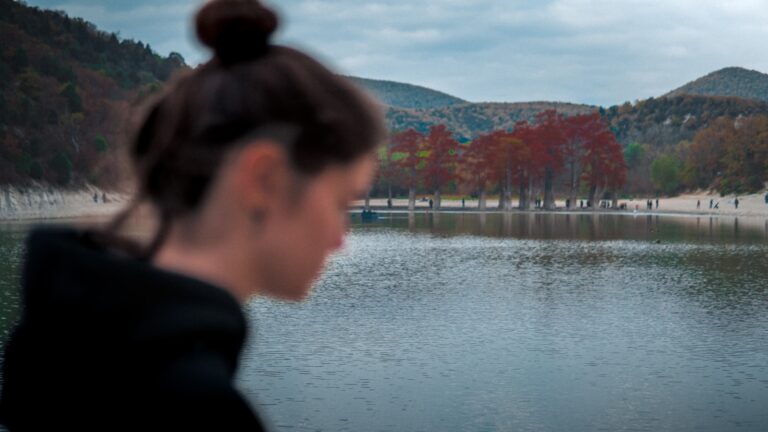Having arrived in Brussels, the capital of Belgium, one cannot miss Ghent (In French: Gand.) This capital city of the province of East Flanders possesses a unique beauty, distinct from the flashy modernity of other cities in the region. It is also only about a 30-minute drive from Brussels, home to the Manneken Pis statue – the most memorable symbol of Belgium.
Most striking to travelers from noisy places is surely the peaceful tranquility of the Gand city center, alongside its religious architecture.
Since 1996, under the orders of the city government, private cars have not been allowed into the central area of Gand. Thanks to this, there are no longer any traces of four-wheeled vehicles, restoring the picturesque scenery of this place.
It seems that there, one can breathe better due to the spacious, clean environment and the pleasant, fresh air. I saw many people walking, cycling, or using public transportation.
Before the Covid pandemic, this area was crowded, but it still didn’t overwhelm the tourists.
Occasionally, you can hear the cheerful laughter and voices of passersby or residents.
Arriving in Ghent on Saturday afternoon, through Sunday, you can still see some flea markets – European cities often have such markets on weekends. And the street musicians play various types of music, from soothing to lively, in all styles.

The summer sky in Gand seems to be even bluer, with the wind barely passing by, in the gentle and warm sunshine of that summer. How could one not be enchanted?
And right in the center of Gand, tourists can quickly recognize two must-see landmarks: Saint Bavo’s Cathedral and the bell tower, called the Beffroi.

Saint Bavo impresses primarily due to its size: the ceiling is very high; the nave is quite solemn, if not magnificent. Here, there is also a very large organ, the largest among the organs in the churches of Benelux (the abbreviation for the three places: Belgium, the Netherlands, and Luxembourg).
The next highlight is the arrangement. This church prominently displays many statues and other sculptures, along with gilded ceremonial offerings, stained glass windows, and a floor composed of alternating black and white sections…
But the main attraction for tourists, including myself, is a piece consisting of 24 paintings on wood panels. The work was initially created by Hubert van Eyck and later completed by Jan van Eyck in 1432. Essentially, this is a type of altar.
Over the years, the masterpiece representative of the original Flemish art style was damaged. It is known that it took seven years, from 2012 to 2019, to restore this complex work. Here, guests are not allowed to take photos and must remain silent to maintain the solemn atmosphere.
This masterpiece makes all the residents of Ghent proud, according to a Belgian travel agency’s introduction. It represents a new concept of art, in which the idealization of tradition like in the Middle Ages has given way to the meticulous observation of reality by the artist thereafter.




